Essential Energy, which is responsible for building, operating and maintaining one of Australia’s largest electricity distribution networks, said as part of plans to increase its deployment of standalone power system (SPS) it has partnered with research and behavioural insights experts to better prepare customers and networks for the introduction of the systems.
Essential Energy, whose electricity network covers 737,000 square kilometres, and services regional, rural and remote communities across 95% of New South Wales (NSW) and parts of southern Queensland, is investigating the introduction of SPS as part of its ongoing efforts to strengthen network efficiency and resilience.
The distributed network service provider said SPS, usually a combination of solar PV, batteries and a back-up generator, offer a continuous power solution without the need to be connected to the network. Depending on the size and power demand, the SPS can support the full electricity requirements of residential households, telecommunications, and agricultural sites.
Essential Energy said the deployment of SPS can provide significant benefits for customers, particularly those in regional and remote locations. Transitioning eligible customers to energy supplied by SPS allows the ‘poles and wires’ of the traditional electricity infrastructure to be removed. This provides a significant reduction in costs which delivers savings to all network users.
“The scope for savings through providing off-grid supply to some customers will also grow as the costs of solar panels, batteries and other technologies continue to decline,” it said.
Essential Energy corporate affairs executive general manager Chantelle Bramley said moving to off-grid supply can also provide additional benefits such as reduce bushfire risk as well as embed resilience in the network to withstand extreme weather conditions.
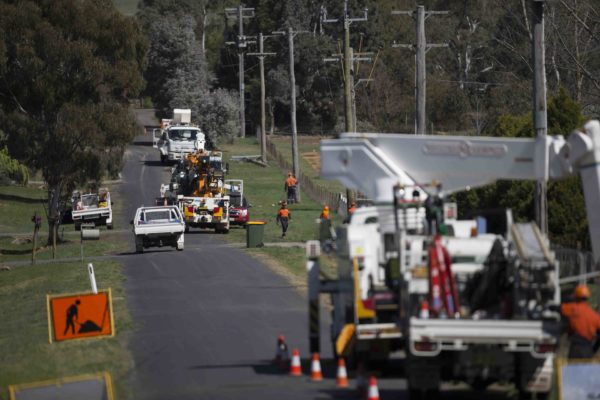
Image: Essential Energy
Bramley said the survey, to be facilitated by Taverner Research Group (TRG) and The Behavioural Architects (TBA), will provide insights to develop a detailed engagement strategy for potential SPS customers.
“This research will help us unpack what our customers’ expectations and concerns might be about disconnecting from the grid; how we can create a compelling customer proposition for the range of commercial and residential customers for whom a SPS may be viable and what support Essential Energy will need to provide,” she said.
“While we understand the reliability and cost benefits of this technology, we need to step back and really understand what is important to our customers.
“We want to get this transition right and involve our customers in the development of these new offerings.
“There are a range of benefits from this technology but unless they deliver what customers want, we won’t get the sort of scale deployment we need to realise all those benefits.”
Bramley said the behavioural insights research, which commenced this month with in-depth interviews with a range of customers including farmers, large industry and residents who live at the “edge of the grid”, will involve qualitative and quantitative research.
Essential Energy has been investigating SPS for a number of years, commencing in 2018 with the installation of a system at a property at the end of a 5.5-kilometre spur line near Bulahdelah on the NSW Mid-North Coast.
The spur line, which serviced just two customers, traverses a high bushfire risk zone through a national park. In the nine years leading up to the installation, the property experienced more than 25 outages. In the same period, Essential Energy spent more than $100,000 in network refurbishment and more than $150,000 in vegetation management while receiving little more than $1,000 per annum in revenue from the two customers connected to the spur.
Essential Energy said it had also deployed SPS following the Black Summer bushfires of 2019/2020 with systems installed at nine sites to support telecommunications towers and residential customers while waiting for the full network to be rebuilt.
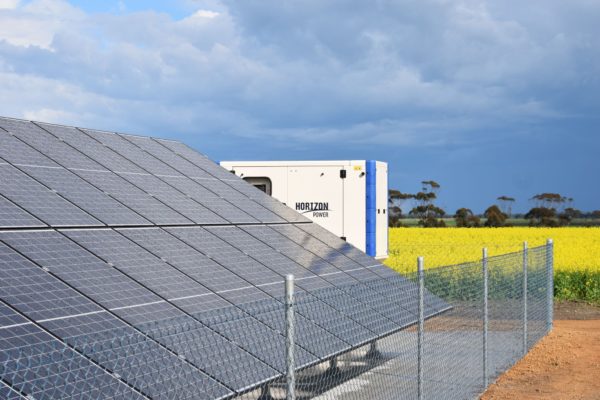
Image: Horizon Power
While Essential Energy is progressing its survey, Western Australian (WA) regional utility Horizon Power is continuing its roll out of SPS, announcing on Thursday it has partnered with telecommunications giant Telstra to transition a remote mobile tower from an overhead power supply to an off-grid power system.
In what it said was an “Australian first”, Horizon Power last week installed the SPS at Mount Ney, east of Esperance.
The SPS, delivered by Boundary Power, comprises an 8 kW solar array coupled with a 16.8 kW battery backed by a 26 kW diesel-fuelled generator. It is able to deliver 12 kW of continuous power.
Horizon Power chief executive officer Stephanie Unwin said the installation will see the telecommunications tower able to continue operating in the event of a natural disaster and resulting interruption of power delivery by poles and wires.
“Bushfires, floods and cyclones can have a devastating impact on our network infrastructure, which provides power to other essential services like these mobile phone towers,” she said.
“We know how important reliable communications is in emergency situations, and how frightening it can be for our customers and our people when the phone lines are down.”
The installation is part of the state government’s $10 million Renew the Regions Standalone Power Systems project, due to be completed by mid-2022.
WA Energy Minister Bill Johnston said, in addition to this program, the state government has committed to delivering 1,000 SPS over five years across regional WA.
This content is protected by copyright and may not be reused. If you want to cooperate with us and would like to reuse some of our content, please contact: editors@pv-magazine.com.
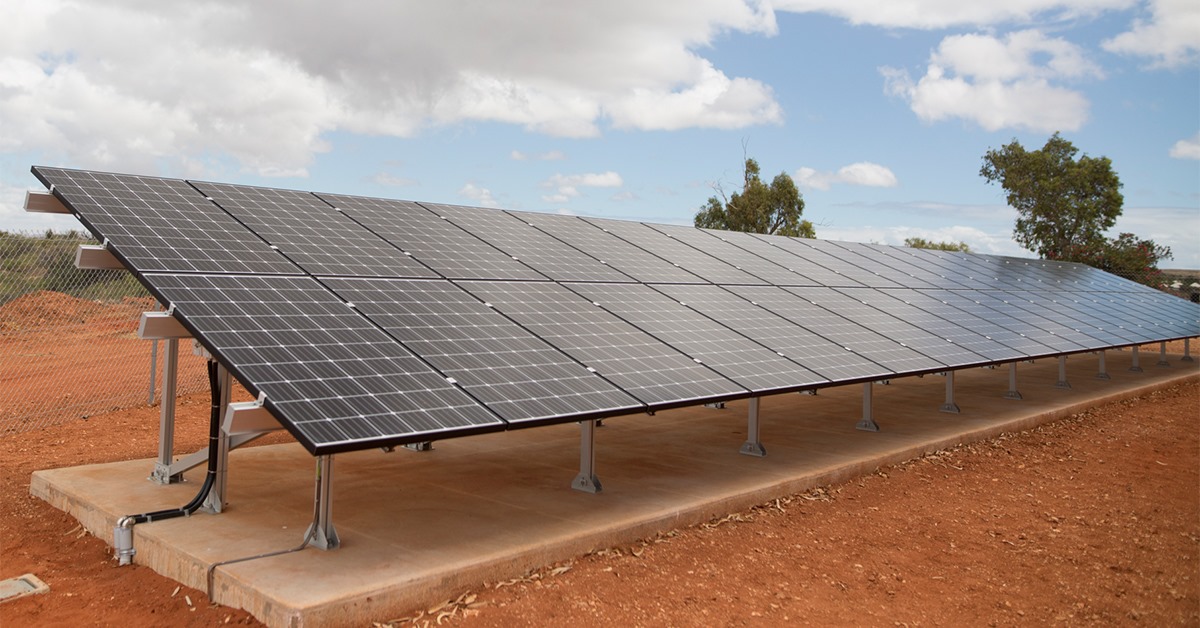




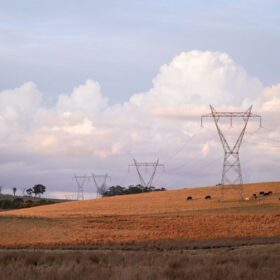

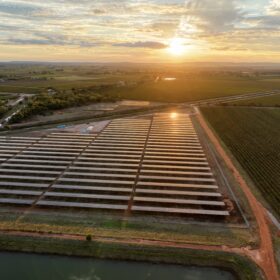
1 comment
By submitting this form you agree to pv magazine using your data for the purposes of publishing your comment.
Your personal data will only be disclosed or otherwise transmitted to third parties for the purposes of spam filtering or if this is necessary for technical maintenance of the website. Any other transfer to third parties will not take place unless this is justified on the basis of applicable data protection regulations or if pv magazine is legally obliged to do so.
You may revoke this consent at any time with effect for the future, in which case your personal data will be deleted immediately. Otherwise, your data will be deleted if pv magazine has processed your request or the purpose of data storage is fulfilled.
Further information on data privacy can be found in our Data Protection Policy.